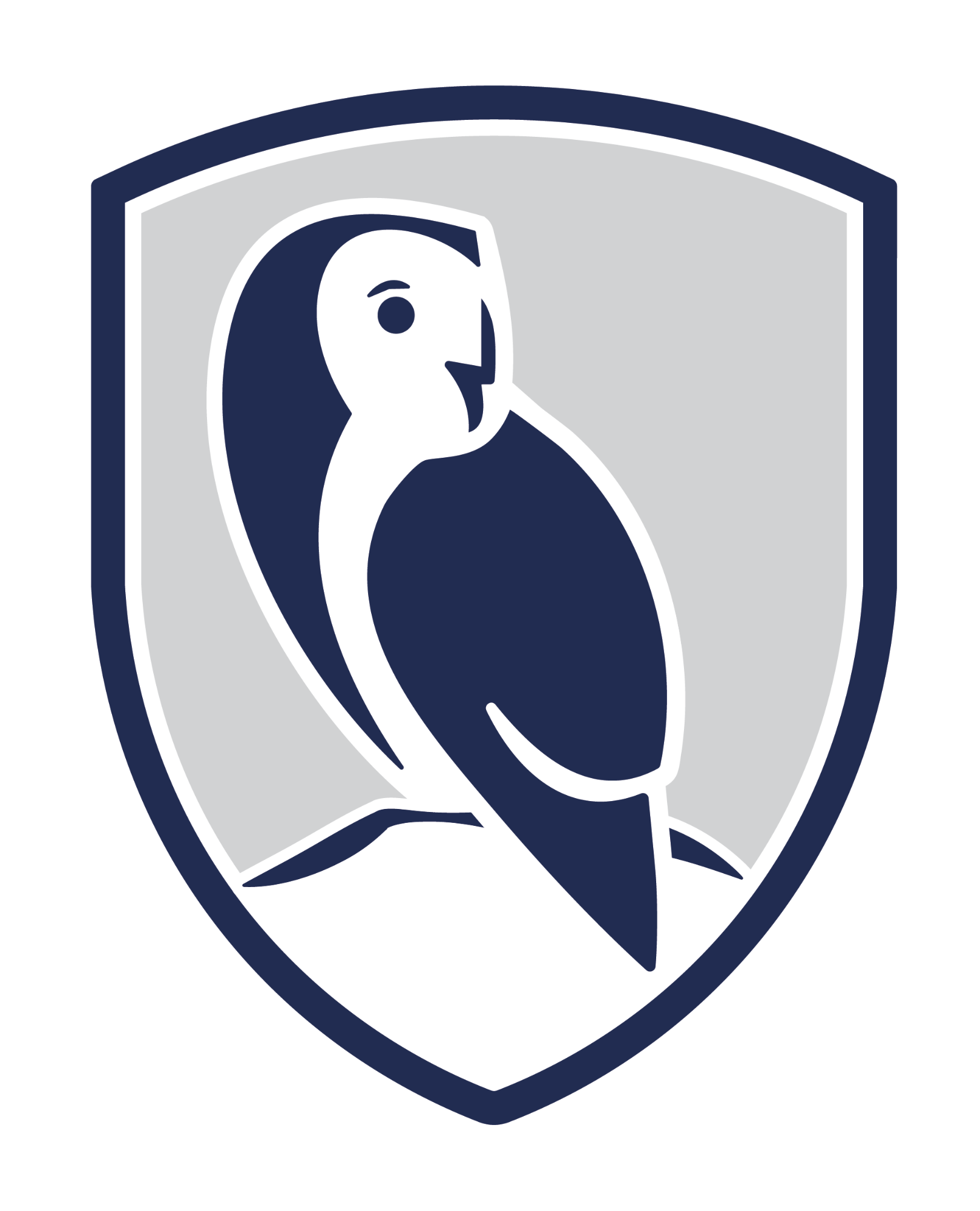Reception
Curriculum Overview
Within the Early Years Foundation Stage (EYFS) there are seven areas of learning and development. All areas are important and inter-connected. In Reception, our learning builds on what the children have leaned in Nursery and Owlets, allowing them the opportunity to develop
Prime areas are fundamental, work together, and move through to support development in all other areas.
- Personal, Social and Emotional Development
- Communication and Language
- Physical Development
Specific areas include essential skills and knowledge for children to participate successfully in society.
- Literacy
- Mathematics
- Understanding the World
- Expressive Arts and Design
Our curriculum also focuses on the Characteristics of Effective Learning. Children reach out to relate to people and things around them through these characteristics, which are woven through all areas of learning.
- playing and exploring
- active learning
- creating and thinking critically
Phonics
Phonics is a way of teaching children how to read and write. It helps children hear, identify and use different sounds that distinguish one word from another. Written language can be compared to a code, so knowing the sounds of individual letters and how those letters sound when they’re combined will help children decode words as they read. Understanding phonics will also help children know which letters to use when they are writing words.
Phonics involves matching the sounds of spoken English with individual letters or groups of letters. For example, the sound k can be spelled as c, k, ck or ch. Teaching children to blend the sounds of letters together helps them decode unfamiliar or unknown words by sounding them out. For example, when a child is taught the sounds for the letters t, p, a and s, they can start to build up the words: “tap”, “taps”, “pat”, “pats” and “sat”.
The correct terminology is;
- Phoneme – The smallest unit of sound. Phonemes can be put together to make words.
- Grapheme – A way of writing down a phoneme. Graphemes can be made up from 1 letter e.g. p, 2 letters e.g. sh, 3 letters e.g. tch or 4 letters e.g ough.
P.E Day
Reception's P.E. day is on a Friday or Wednesday. Children should come dressed in their P.E. kit. Please look at the weather forecast when deciding whether your child should wear their indoor or outdoor kit.
Reading
Our books are matched to the sounds that the children learn. The children begin their reading journey by looking at wordless picture books.
The children will take home 2 books a week the first book will include the sounds we have covered that week to give the children an opportunity to apply the sounds they have learnt and the other matched to their current phonics knowledge. All books will be entirely decodable.
It is recommended that each book is read 4 times to allow the children to develop fluency. Therefore, we would like you to read every night with your child. We will also read at least twice a week with the children.
Daily Routine
Here’s an example of the Reception Class routine for the Autumn Term. It may change from time to time depending on what’s happening in school, but it should give you a good idea of what a typical day in Reception looks like.
- Self Registration
- Phonics
- Morning Activities (Reading and Targeted Provision)
- Story time with snack and milk
- Choosing/Adult Lead Activities
- Maths
- Lunch
- Dough Disco
- Afternoon Focus (UTW, RE, Expressive Arts, PSHE, Welly Wednesday)
- Fruit and Circle Time
- Story Time or Worship
- Home Time
